 Welcome
Welcome
“May all be happy, may all be healed, may all be at peace and may no one ever suffer."
TEN

TEN stands for Toxic Epidermal Necrolysis, which is a severe and potentially life-threatening skin disorder that is usually caused by a reaction to medication or an infection. TEN is a rare condition, but it can be fatal, with mortality rates ranging from 10-30%.
TEN is characterized by widespread skin lesions that begin as red, painful patches and rapidly progress to form blisters and peel away from the underlying tissue, leaving raw, open wounds. The skin may appear as if it has been burned or scalded, and may involve more than 30% of the body surface area. Other symptoms may include fever, pain, and inflammation of the eyes, mouth, throat, and other mucous membranes.
TEN is typically diagnosed based on a combination of clinical features and skin biopsy. Treatment involves immediate withdrawal of the causative medication or treatment of the underlying infection, if identified. Supportive care is also critical, including wound care, fluid and electrolyte management, pain control, and nutritional support. In severe cases, hospitalization in a burn or intensive care unit may be necessary.
TEN is a medical emergency and requires prompt and aggressive treatment. It is important for individuals who develop symptoms of TEN to seek immediate medical attention.
Research Papers
Disease Signs and Symptoms
- Skin pain or burning sensation
- Blisters
- Mouth sores
Disease Causes
TEN
SJS/TEN is usually caused by a skin reaction to medicine. The symptoms are likely to start showing up one to four weeks after you start taking a new drug.
The most common drug triggers of SJS/TEN include antibiotics, epilepsy drugs, sulfa drugs and allopurinol (Aloprim, Zyloprim).
Disease Prevents
TEN
To prevent another episode of TEN, learn whether it was caused by a medicine. If so, never take that medicine or anything similar again. A recurrence could be worse and life-threatening. Also tell any future health care providers about your history of TEN, and wear a medic alert bracelet or necklace with information about your condition. Or carry an allergy passport.
Disease Treatments
If your doctor suspects that your TEN was caused medicine you took, you'll need to stop taking that drug. Then you'll likely be moved to a hospital for treatment, possibly in its burn center or intensive care unit. Full recovery can take several months.
Supportive care
The main treatment for TEN is trying to make you as comfortable as possible while your skin heals. You'll receive this supportive care while in the hospital. It might include:
- Fluid replacement and nutrition. Because skin loss can result in loss of fluid from the body, it's vital to replace fluids and electrolytes. You might receive fluids and nutrients through a tube inserted in the nose and guided to the stomach (nasogastric tube).
- Wound care. Your health care team might gently cleanse the affected skin and apply special dressings infused with petroleum jelly (Vaseline) or medication. Your care team also monitors you for infection and gives you antibiotics if needed.
- Breathing help. You might need tests and procedures to evaluate your airway and help keep it clear. With advanced disease, you might need intubation or mechanical breathing assistance (ventilation).
- Pain control. You'll receive pain medicine to reduce your discomfort. For pain in your mouth, you might be given a mouthwash containing a numbing agent, such as lidocaine.
- Eye care. For mild eye symptoms, you might benefit from applying preservative-free artificial tears at least four times a day. Eye drops with corticosteroids might be used to control eye inflammation. Your care team might include an eye specialist (ophthalmologist).
Medications
Treatment of TEN also might include one or a combination of medications that affect the whole body (systemic drugs), such as cyclosporine (Neoral, Sandimmune), etanercept (Enbrel) and intravenous immunoglobulin (IVIG). Further study is needed to determine their benefit, if any.
Disease Diagnoses
Disease Allopathic Generics
Disease Ayurvedic Generics
Disease Homeopathic Generics
Disease yoga
TEN and Learn More about Diseases
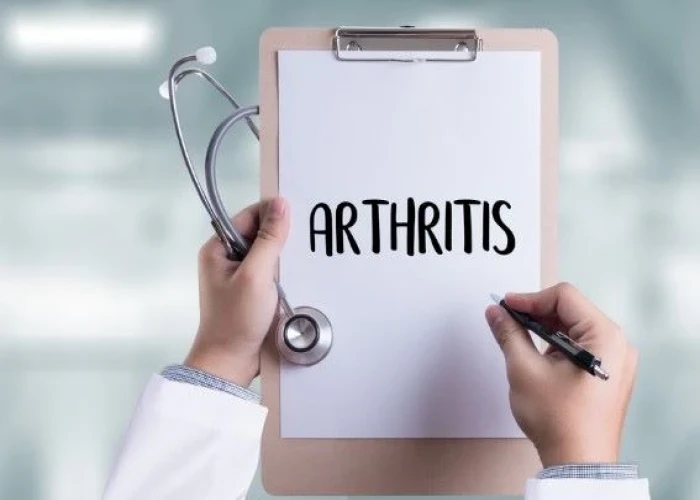
Juvenile idiopathic arthritis

Greenstick fractures
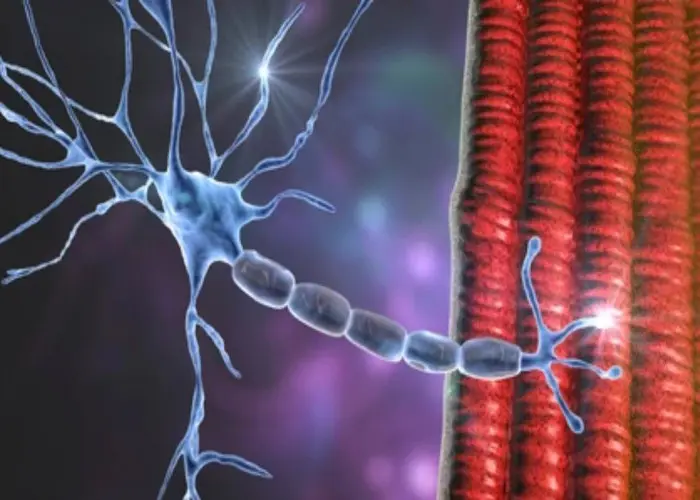
Congenital myasthenic syndromes
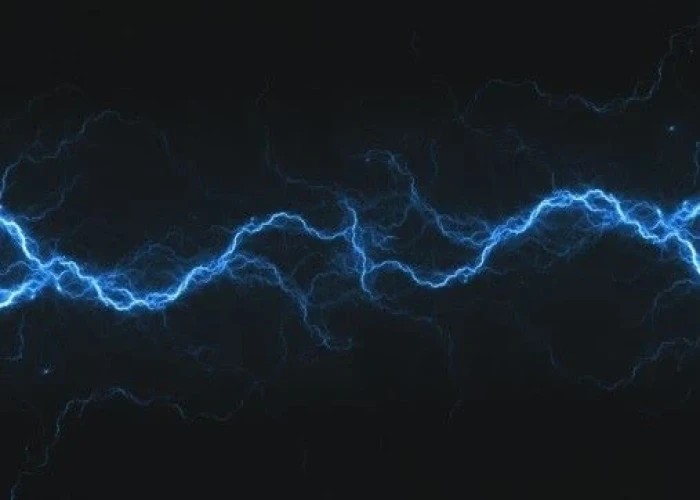
Night Discharge

Crohn's disease
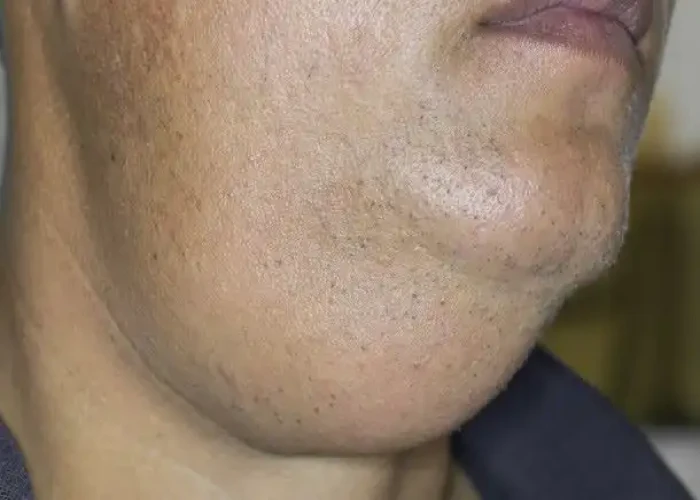
Salivary gland tumors
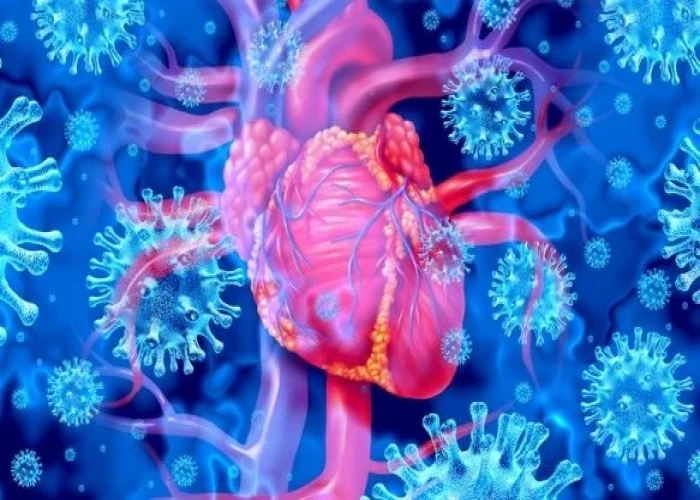
Myocarditis

Supraventricular tachycardia
ten disease, টিইএন রোগ
To be happy, beautiful, healthy, wealthy, hale and long-lived stay with DM3S.
